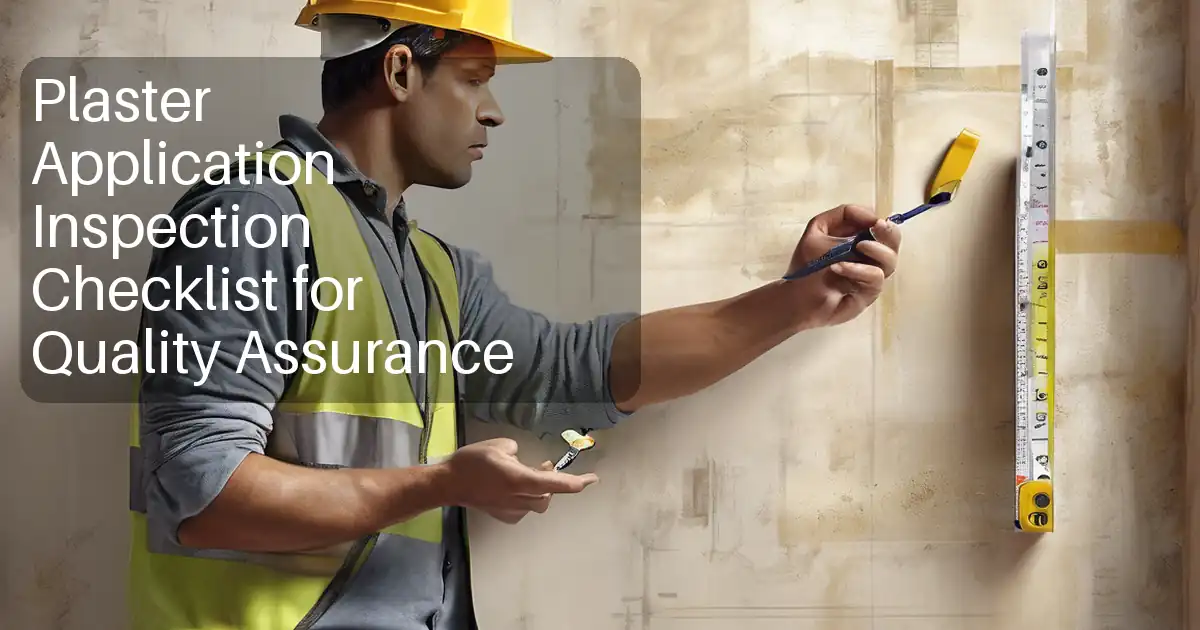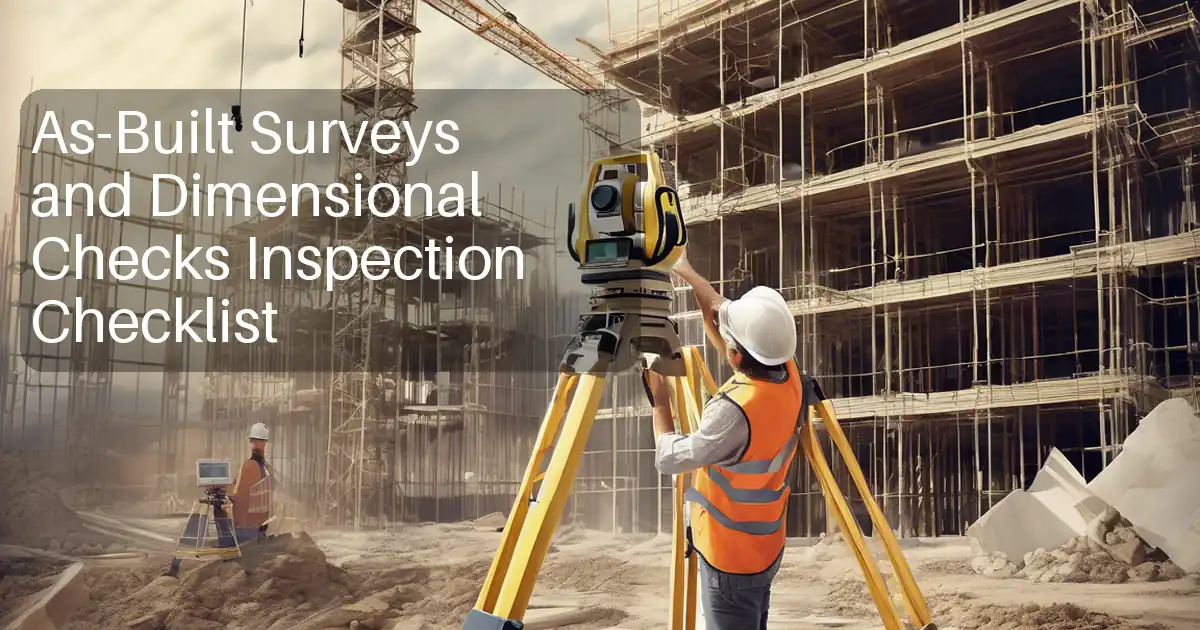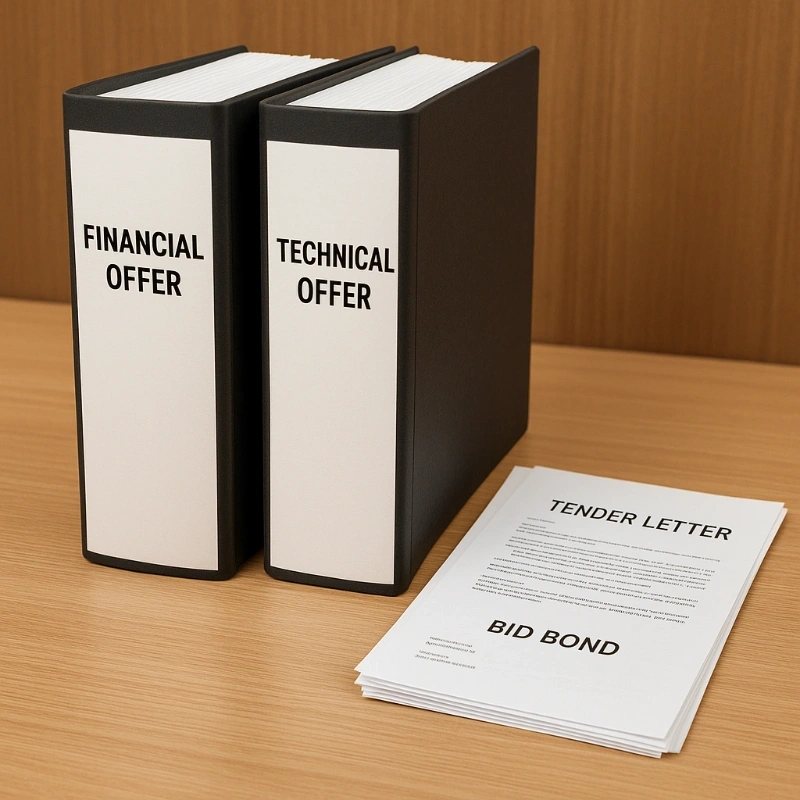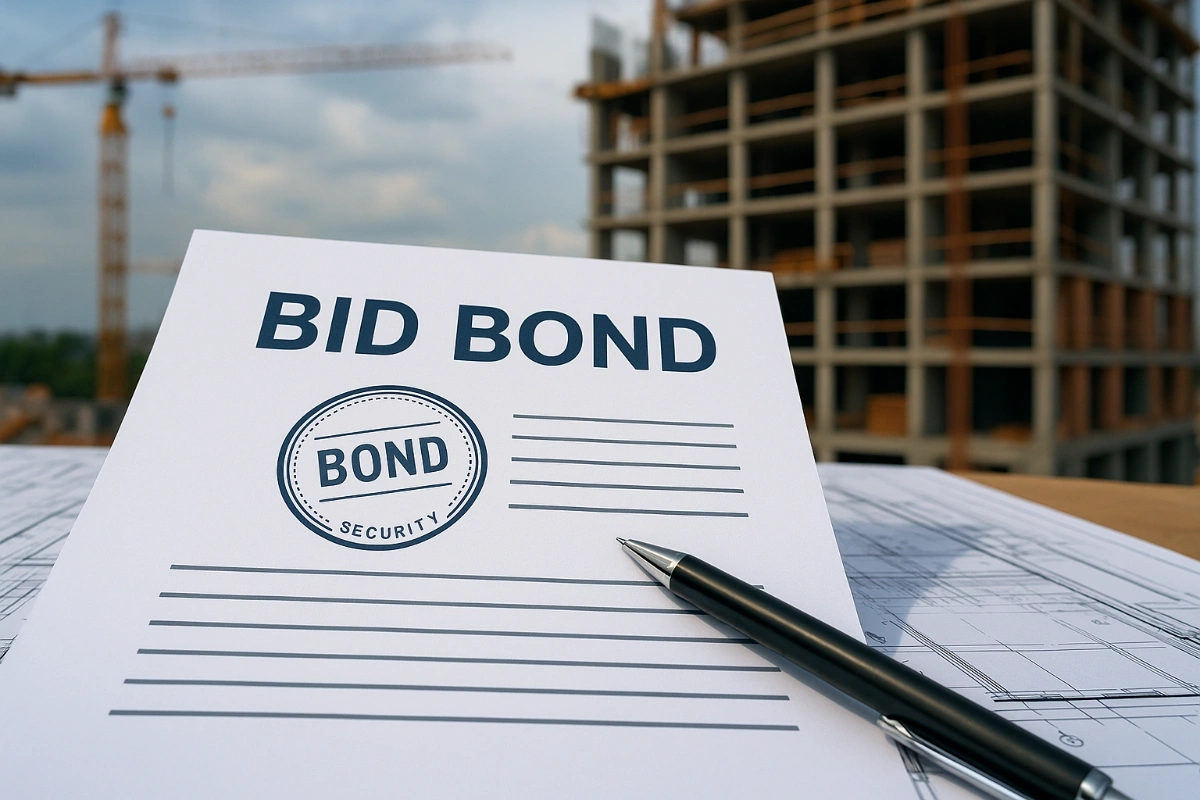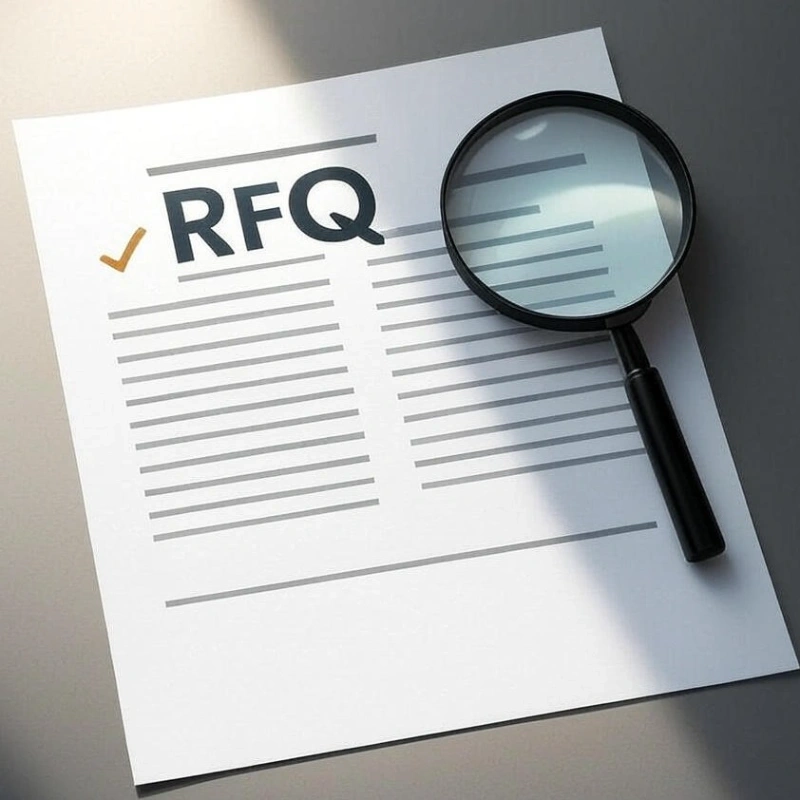Mastering the Construction Tender Preparation Process: A Step-by-Step Guide
What is a Tender in Construction?
A tender is a formal offer submitted by a contractor to undertake a construction project or provide services at a predetermined price and terms. The tendering process involves receiving and evaluating bids to choose the most suitable contractor based on cost, expertise, and schedule.
Legal Obligations of the Tenderer
Submitting a tender legally binds contractors to the conditions stated in their bid. In many regions, tender submission creates a contractual relationship (known as "Contract A") requiring bidders to honor their commitments or face legal penalties.
Step 1: Invitation to Bid (ITB)
When contractors receive an Invitation to Bid, they must promptly initiate the following actions:
-
Document Review: Collect and analyze tender documents (drawings, specs, contractual terms, addenda, site visit notes).
-
Internal Notification: Inform senior management and key technical and commercial personnel.
Step 2: Decision to Bid (Pre-Bid Evaluation)
A comprehensive assessment determines project feasibility and profitability:
Technical Capability
-
Evaluate company expertise against project requirements.
-
Identify specialized surveys, tests, or designs beyond current capabilities.
Financial Capacity
-
Confirm availability of financing, bonds, and insurance.
-
Verify the company's financial strength supports bid bonds, performance bonds, and necessary project insurance.
Contractual Risk Profile
-
Assess contractual terms for risks (penalties, liability clauses, extended defect periods).
-
Highlight high-risk elements affecting profitability.
Location and Site Access
-
Evaluate site remoteness, weather, and geological challenges.
-
Review local regulations and security constraints.
Resource Availability
-
Check human resources, specialist subcontractors, and equipment availability. Check out the free resource manager aka resource planner. Open Source Free Resource Planner. You can learn more about the resource planner here
-
Identify cost implications for new hires or equipment purchases.
Project Scale and Workload
-
Ensure compatibility of project size and duration with current workload.
-
Utilize quick estimation methods (e.g., cost per square meter) for bid guidance.
Strategic and Market Considerations
-
Align the project with long-term company goals.
-
Analyze market competition and sustainability or local-content requirements.
Step 3: Assembling the Tendering Team
Create a tailored team to manage tender complexity:
-
Core Estimation Department: Quantity surveying, cost estimation, BOQ preparation.
-
Specialist Advisors: Contract lawyers, plant engineers, insurance brokers, financial analysts, HSE specialists.
Divide the team into specialized workstreams:
-
Cost Estimation
-
Technical Analysis
-
Contractual Review
-
Financial Structuring
Step 4: Parallel Tender Preparation Activities
Efficiently coordinate multiple activities:
Estimation Team Tasks
-
Quantity Surveying: Accurate take-off of materials, labor, and equipment.
-
Work Breakdown Structure (WBS): Define scope by trade packages, subcontractor needs.
-
RFQ Management: Track supplier and subcontractor quotations systematically.
-
BOQ Compilation: Integrate quotations, validate rates, and include contingency.
Financial Team Tasks
-
Bond and Insurance Arrangements: Secure preliminary terms for all required bonds and insurances.
-
Cash Flow Forecasting: Develop a detailed cash flow model based on the project schedule.
-
Cost of Finance Analysis: Compare financing alternatives (loans, leasing), integrating costs into tender pricing.
Technical Team Tasks
-
Document Review and Queries: Resolve technical ambiguities through formal queries.
-
Site Visits: Conduct thorough site inspections, documenting logistical and environmental considerations.
-
Technical Deliverables: Prepare Method Statements, Quality and HSE Plans, and Project Programme.
- Risk Management: Create a detailed risk register including mitigation plans and cost contingencies.

Step 5: Consolidation of Tender Offer
Combine all deliverables (BOQ, technical reports, risk assessment, cash flow analysis) into a coherent proposal. Ensure consistency and accuracy across all documentation.
Step 6: Tender Submission Preparation
Formally structure your submission into three parts:
-
Bid Bond: Verify formatting and validity.
-
Financial Offer: Detailed BOQ with price breakdowns and summaries.
-
Technical Offer: Include method statements, schedules, organizational charts, HSE documentation, and required certifications.
Draft a main tender letter clearly outlining qualifications, exclusions, deviations, and compliance with tender conditions.
Step 7: Post-Tender Negotiations
Expect and professionally handle:
-
Client Queries: Clarifications regarding pricing, scheduling, or technical solutions.
-
Negotiation Meetings: Value-engineering discussions, adjustments in schedules or contractual terms.
-
Best-and-Final Offers: Revise financial and technical proposals as required, documenting all changes clearly.
Step 8: Post-Tender Review and Continuous Improvement
Win or lose, always:
-
Log bid outcomes, capture feedback, and identify lessons learned.
-
Conduct variance analysis between estimates and actual project execution.
-
Update subcontractor lists, cost benchmarks, and risk management databases for future projects.
Step 9: Contract Award and Project Mobilization
Upon successful tender award:
-
Issue the Letter of Acceptance promptly.
-
Transition tender documents into executable project contracts.
-
Mobilize resources, finalize procurement orders, staffing, and detailed project plans aligned with tender commitments.

flowchart for tendering procedure | Workflow step-by-step flowchart for tender preparation process
References
- R v Ron Engineering and Construction (Eastern) Ltd
- Construction Tender Register Bid Tracker Template
- Bid Bond Guide
- Construction Tender Progress Log Template



